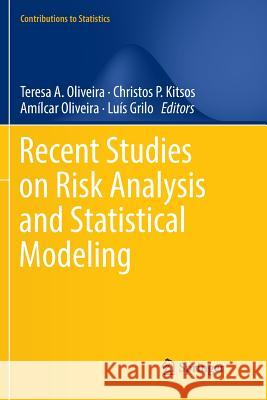Recent Studies on Risk Analysis and Statistical Modeling » książka
topmenu
Recent Studies on Risk Analysis and Statistical Modeling
ISBN-13: 9783030095321 / Angielski / Miękka / 2019 / 375 str.
Kategorie:
Kategorie BISAC:
Wydawca:
Springer
Seria wydawnicza:
Język:
Angielski
ISBN-13:
9783030095321
Rok wydania:
2019
Wydanie:
Softcover Repri
Numer serii:
000033960
Ilość stron:
375
Waga:
0.57 kg
Wymiary:
23.39 x 15.6 x 2.13
Oprawa:
Miękka
Wolumenów:
01
Dodatkowe informacje:
Wydanie ilustrowane











